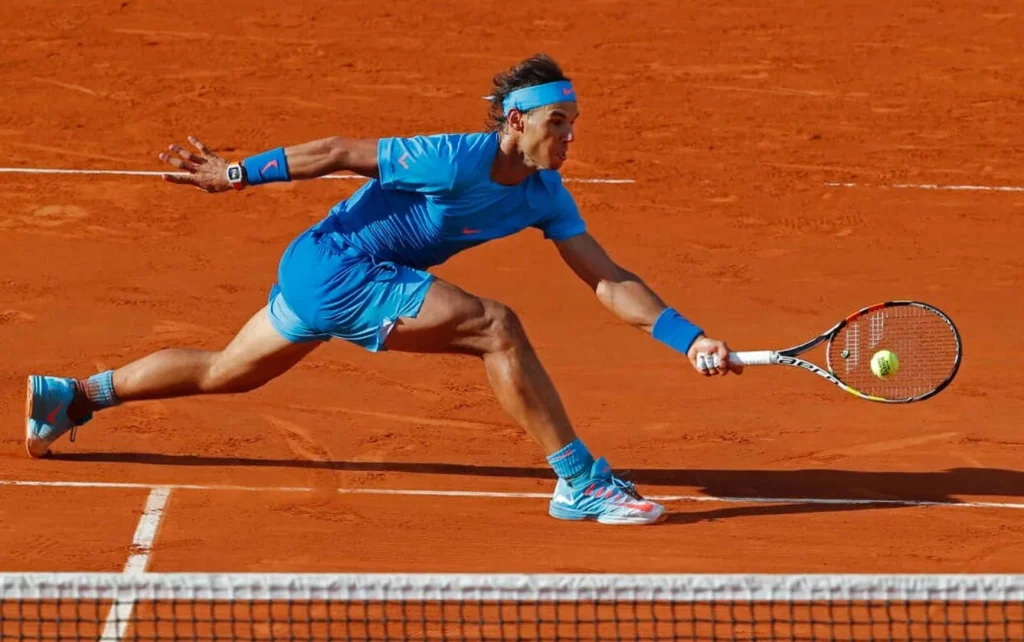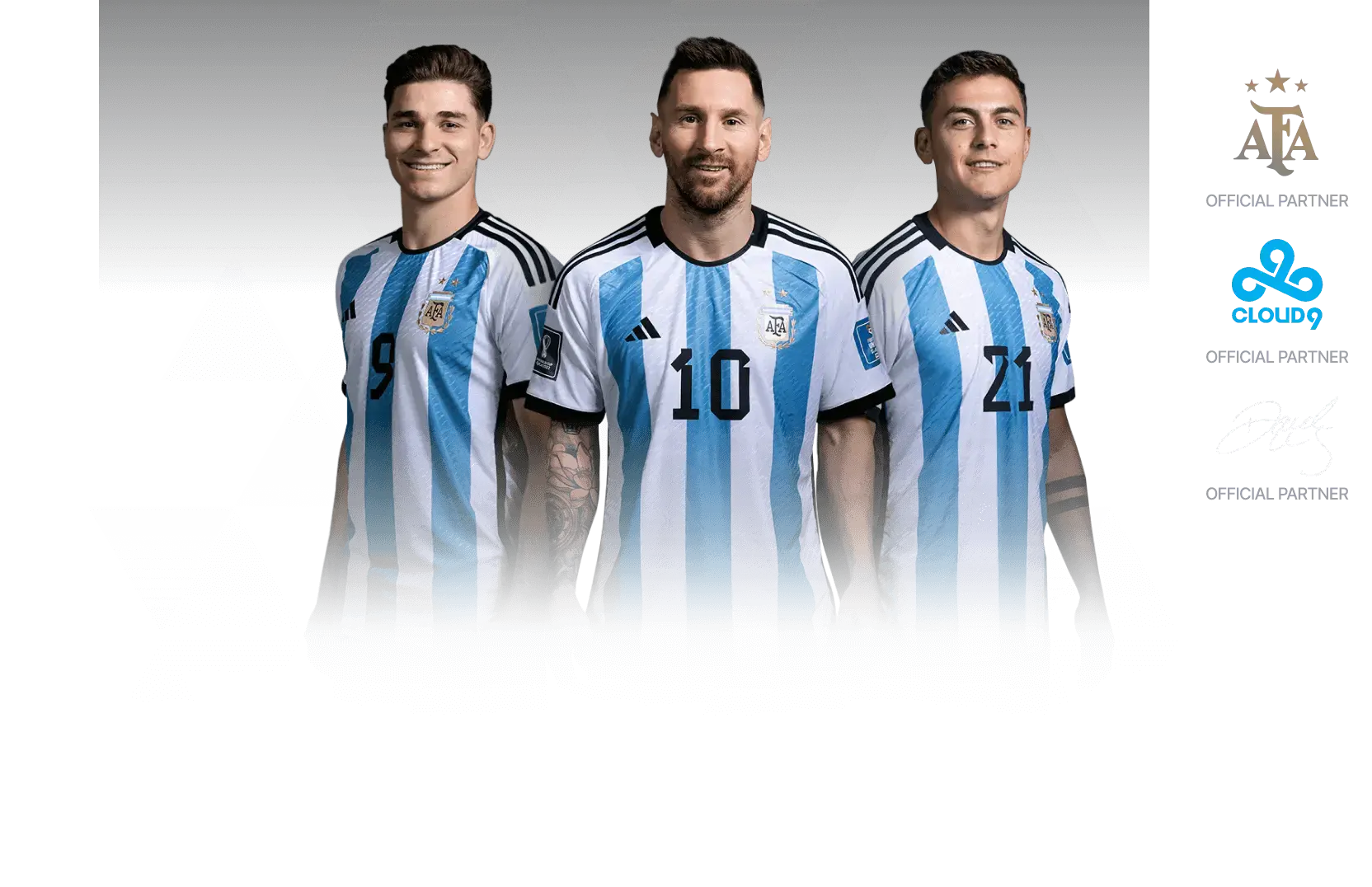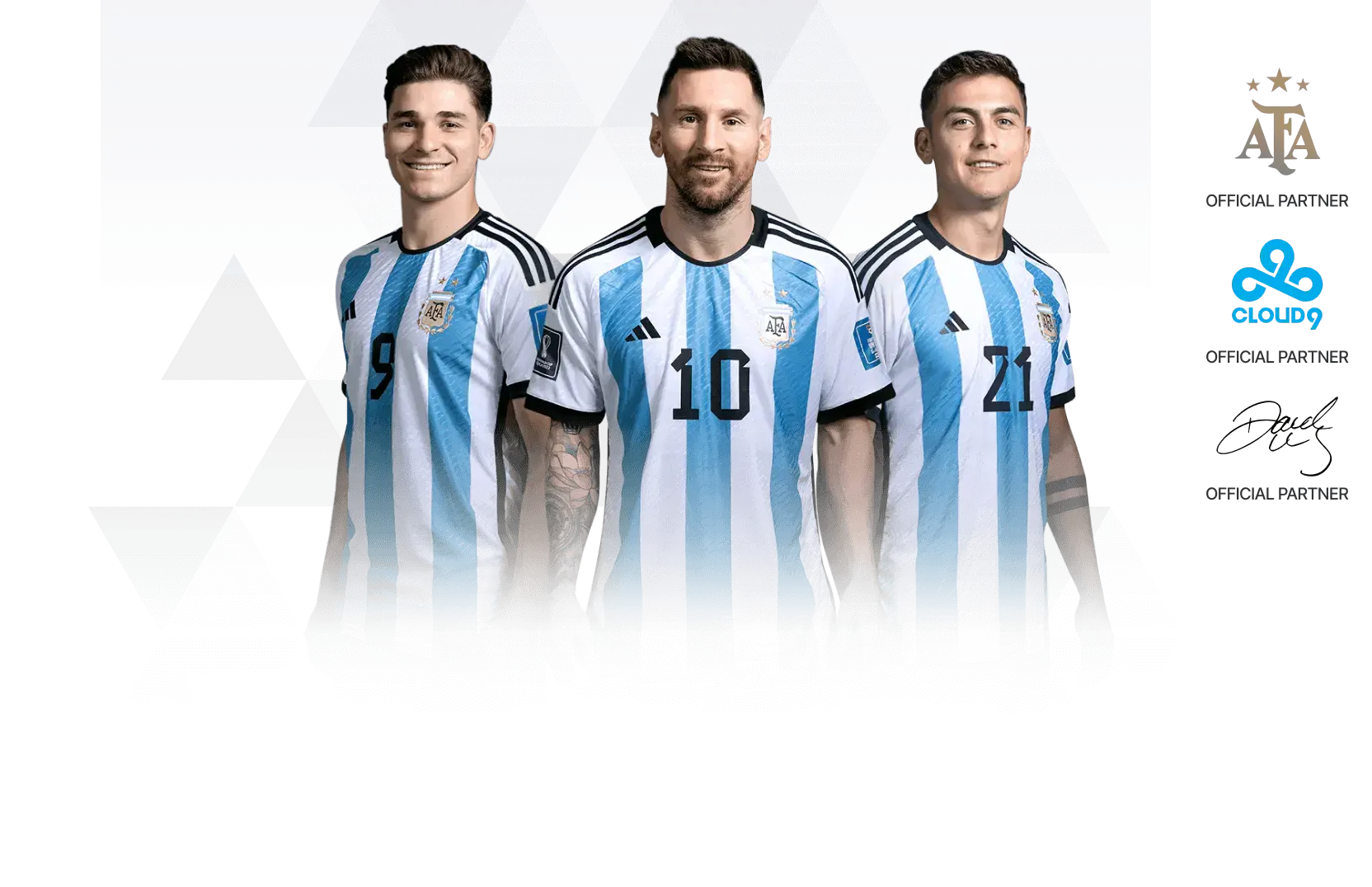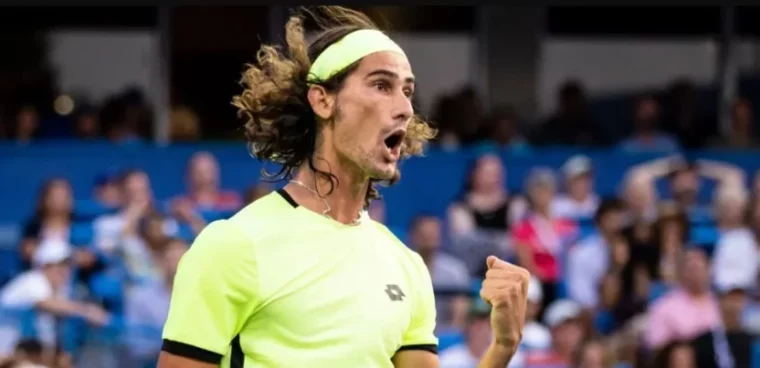
Rafael Nadal, one of tennis’s legendary figures, has been conspicuously absent from the competitive scene for an extended period. His dedication to the sport, numerous achievements, and unparalleled spirit on the court have earned him fans worldwide. But recent physical setbacks have raised questions about what lies ahead for this tennis maestro.
The Tale of Nadal’s Recent Challenges
It’s hard to remember a time when the ATP Tour went on for such a prolonged period without Nadal’s participation. His last known match was at the Australian Open in January, after which his medical challenges started becoming more public.
The problems with the iliopsoas muscle in Nadal’s left leg necessitated a surgical procedure in June. This muscle, crucial for hip flexion and involved in core stability, undoubtedly affects a tennis player’s performance. Later the same month, another setback came in the form of a hip operation, suggesting a deeper medical challenge than initially perceived.
The mental game in tennis is just as vital as the physical one. For a player of Nadal’s caliber, being off the court for so long can be mentally draining.
Nadal’s downtime has seen him engage in different activities, keeping his competitive spirit alive. Among these, golf stands out as a notable mention. It’s not just a leisurely game for Nadal but a means to quench his competitive thirst, albeit in a different setting.
While his passion for tennis remains undiminished, Nadal has shown signs of recalibrating his immediate goals. He mentions that his return’s primary objective isn’t about clinching titles like Roland Garros right away but about immersing himself in the sport and competing at the highest level.
A Detailed Look at Nadal’s Physical Setbacks
| Injury & Procedure | Description |
| Iliopsoas Muscle | Central to hip movements. The surgery in June targeted this muscle. |
| Hip Operation | A procedure which hinted at a more profound health issue. |
| Rib Injury | Despite this setback during Indian Wells, Nadal demonstrated his prowess by winning Roland Garros. |
Injuries test an athlete’s physical capabilities and their mental resilience. Nadal’s approach has been pragmatic, focusing on control and recovery, exhibiting a champion’s mindset.
The Talk of Retirement: Fact or Fiction?
The rumor mills have been buzzing about 2024 possibly being Nadal’s final year on the tour. However, his decisions appear to be contingent on:
- The trajectory of his recovery.
- His post-recovery performance level.
- Personal passion and drive for the sport.
Beyond the Court: Nadal’s Broader Horizon
Tennis might be his first love, but Nadal has diversified his interests:
- Rafael Nadal Academy: This institution stands as a beacon for upcoming tennis stars, reflecting Nadal’s dedication to nurturing future champions.
- Entrepreneurial Ventures: With investments spanning across sectors like tourism and hospitality, Nadal is also making his mark as a savvy businessman.
While Nadal’s shoes are undeniably big ones to fill, young Carlos Alcaraz is turning heads in the tennis community. Nadal’s acknowledgment of Alcaraz’s potential signifies a passing of the torch in Spanish tennis.
A Glimpse into Alcaraz’s Potential:
- World No. 1 ranking at such a young age.
- Grand Slam victories that hint at a promising career.
- Attributes of power, tenacity, and ambition reminiscent of a young Nadal.

Insights into Nadal’s Training and Recovery Regimen
A key to Nadal’s illustrious career has been his incredible work ethic. His relentless training and strategic recovery practices have allowed him to remain at the pinnacle of tennis for so long. As he navigates through his recent physical setbacks, understanding his rehabilitation and preparation is paramount.
Post his surgeries and given his physical restrictions, Nadal has had to adjust his training methods:
- Reduced Intensity: Without compromising on his rigorous standards, the training intensity has seen necessary reductions to accommodate his injuries and ensure no further complications.
- Focus on Core and Stability: Nadal has emphasized exercises that strengthen his core, providing him with the necessary stability, especially crucial given his iliopsoas muscle surgery.
- Incremental Increases: He has adopted an incremental approach, starting with training sessions of 40 minutes, three times a week, and plans on building it up steadily as his recovery progresses.
The Role of Physiotherapy
A holistic recovery isn’t just about surgery and rest. Physiotherapy plays a pivotal role:
- Regular Sessions: Nadal has been diligently attending physiotherapy sessions, focusing on improving mobility and ensuring the surgical areas are healing as expected.
- Alternative Therapies: There’s a possibility that Nadal might be exploring alternative therapeutic methods, such as cryotherapy or hydrotherapy, given their rising prominence in sports injury recovery.
Mental Training and Well-being
Physical recovery is half the battle. The psychological aspect is equally crucial:
- Mindfulness and Meditation: Recognizing the importance of mental fortitude, Nadal may be engaging in mindfulness practices to stay positive and focused.
- Visualization Techniques: Athletes often use visualization to mentally prepare for matches. During his downtime, Nadal might be harnessing this to visualize his return, key match moments, and potential victories.
Diet and Nutrition: Fuelling Recovery
With physical exertion being limited, diet becomes an even more critical component:
- Protein-rich Diet: To aid muscle recovery and regeneration, a protein-rich diet is essential. It’s likely Nadal is maintaining a balanced intake of lean meats, fish, and plant-based proteins.
- Supplements: Vitamin D for bone health, Omega-3 fatty acids for inflammation reduction, and other essential supplements might be integral to his diet now.
- Hydration: Keeping hydrated aids overall cellular function, essential for post-surgical recovery. It’s certain that Nadal is monitoring his water and electrolyte intake meticulously.
The journey of an athlete isn’t linear. While fans witness the glory moments on the court, behind the scenes, it’s an intricate blend of determination, adaptability, and resilience.







